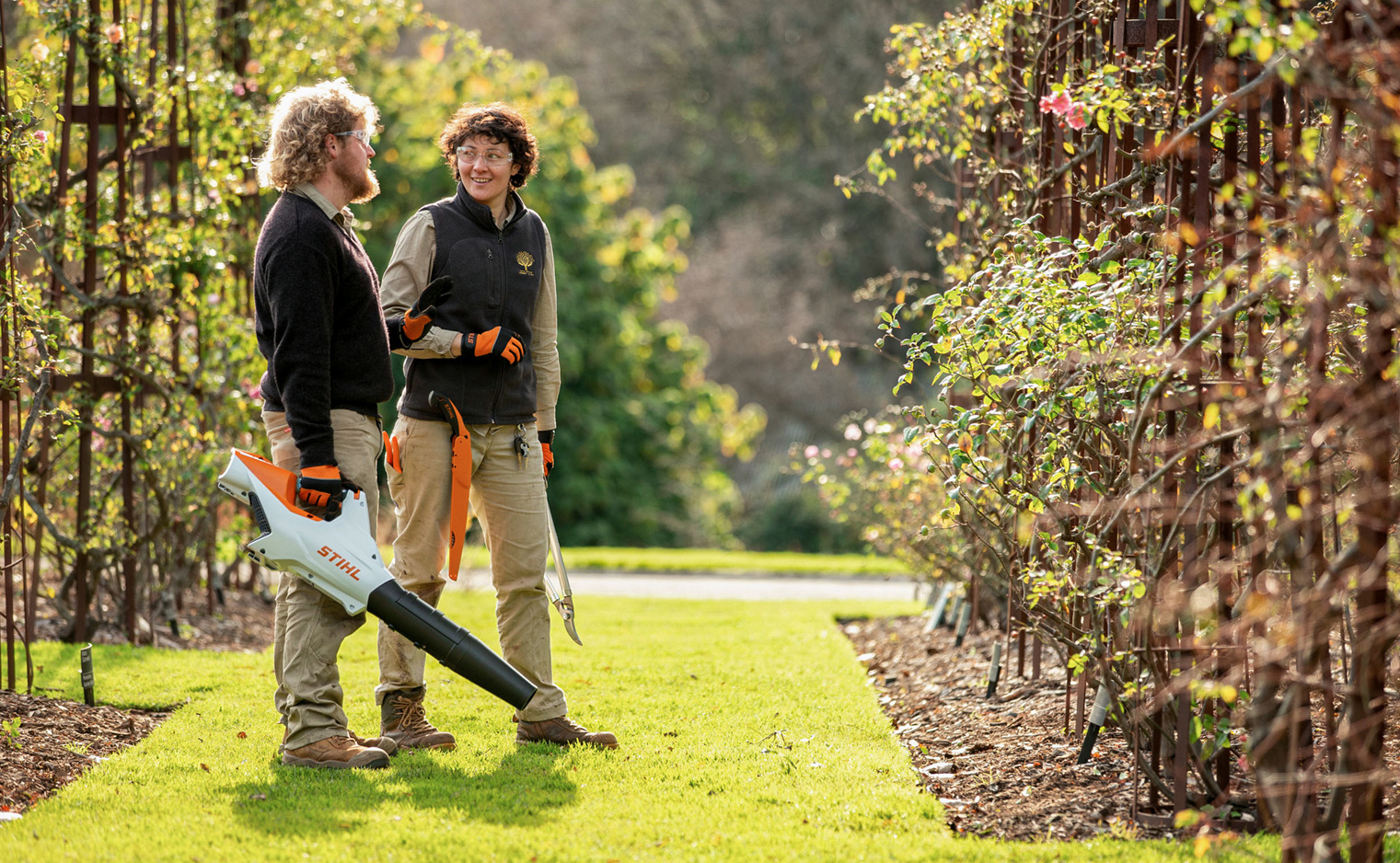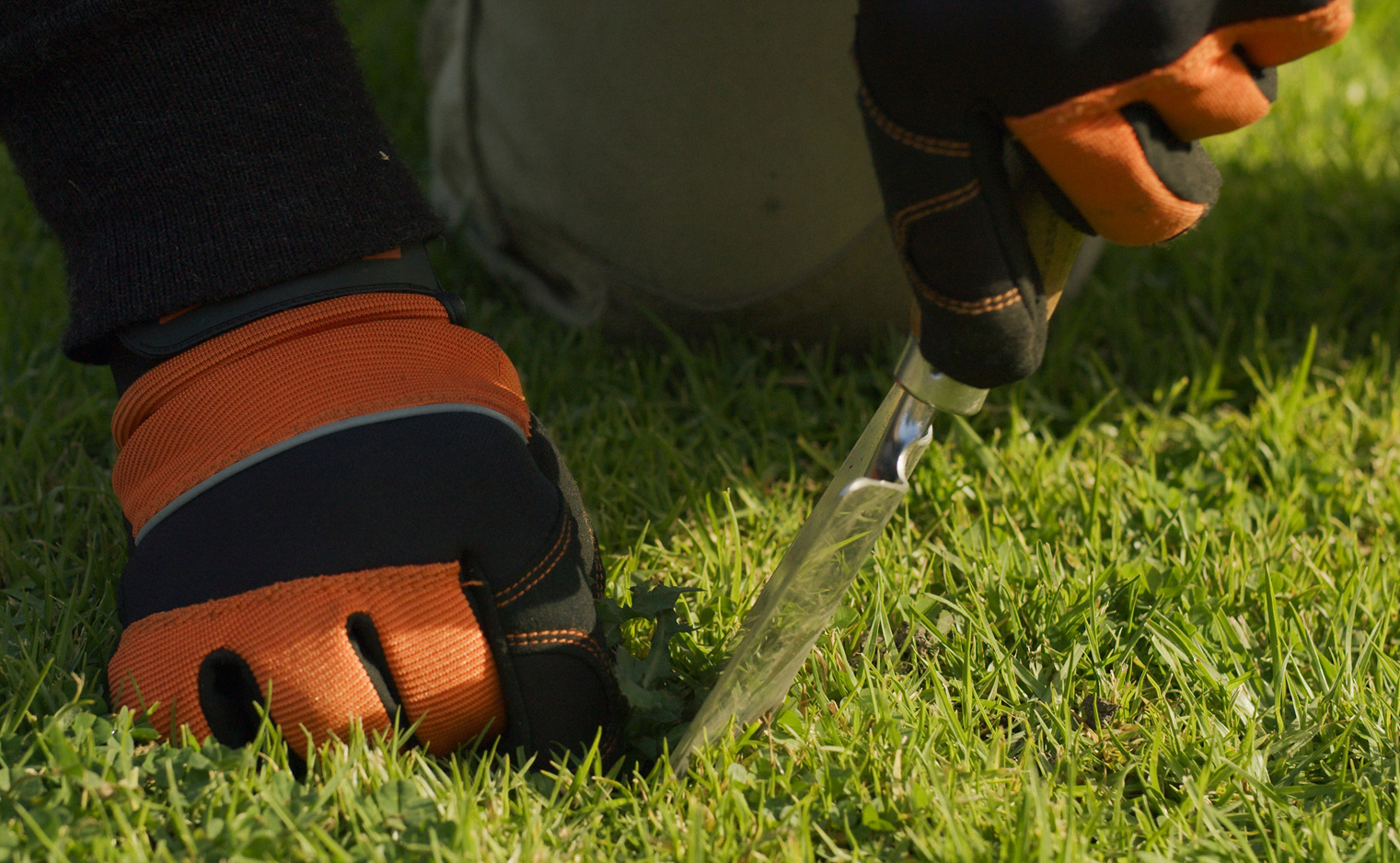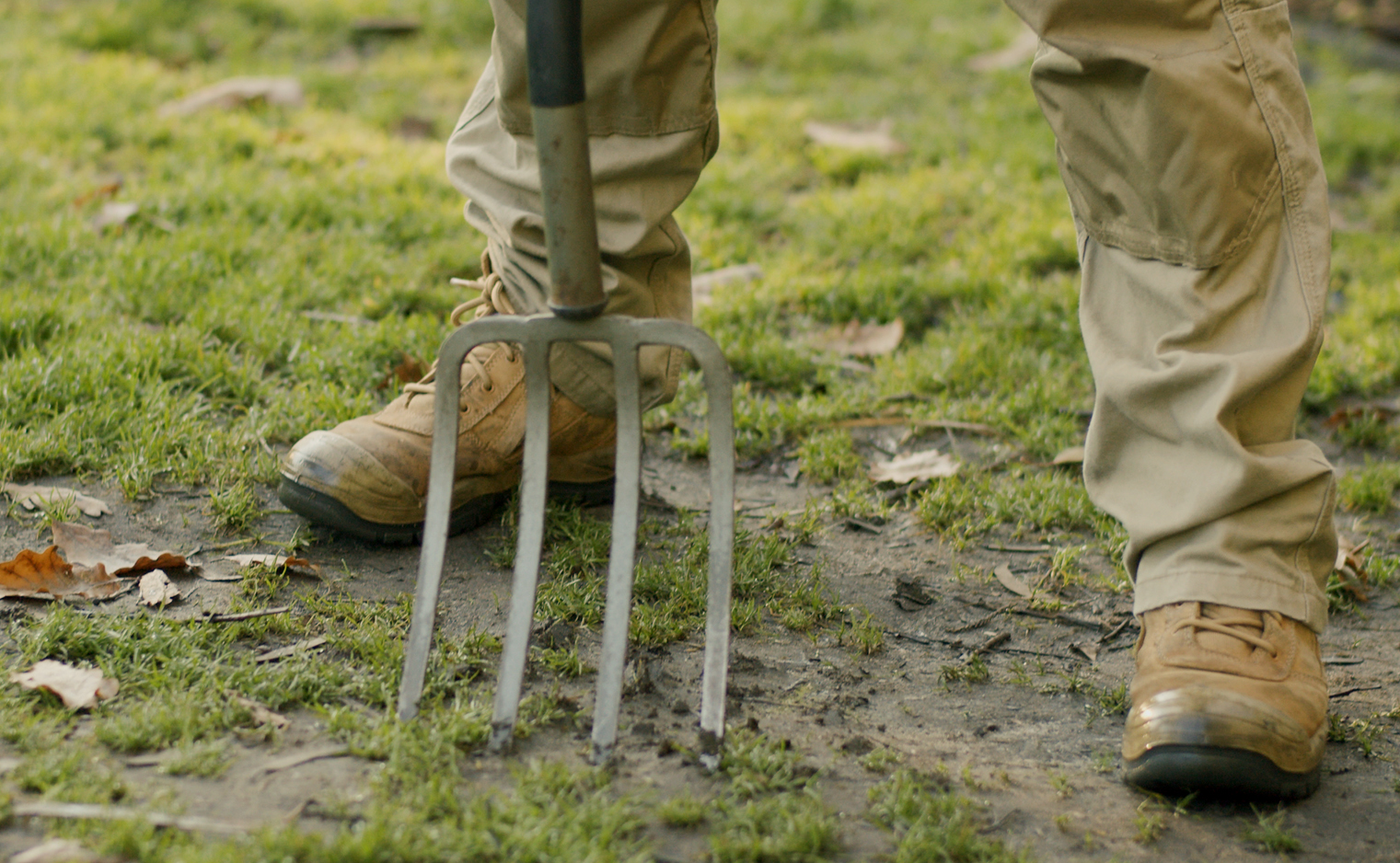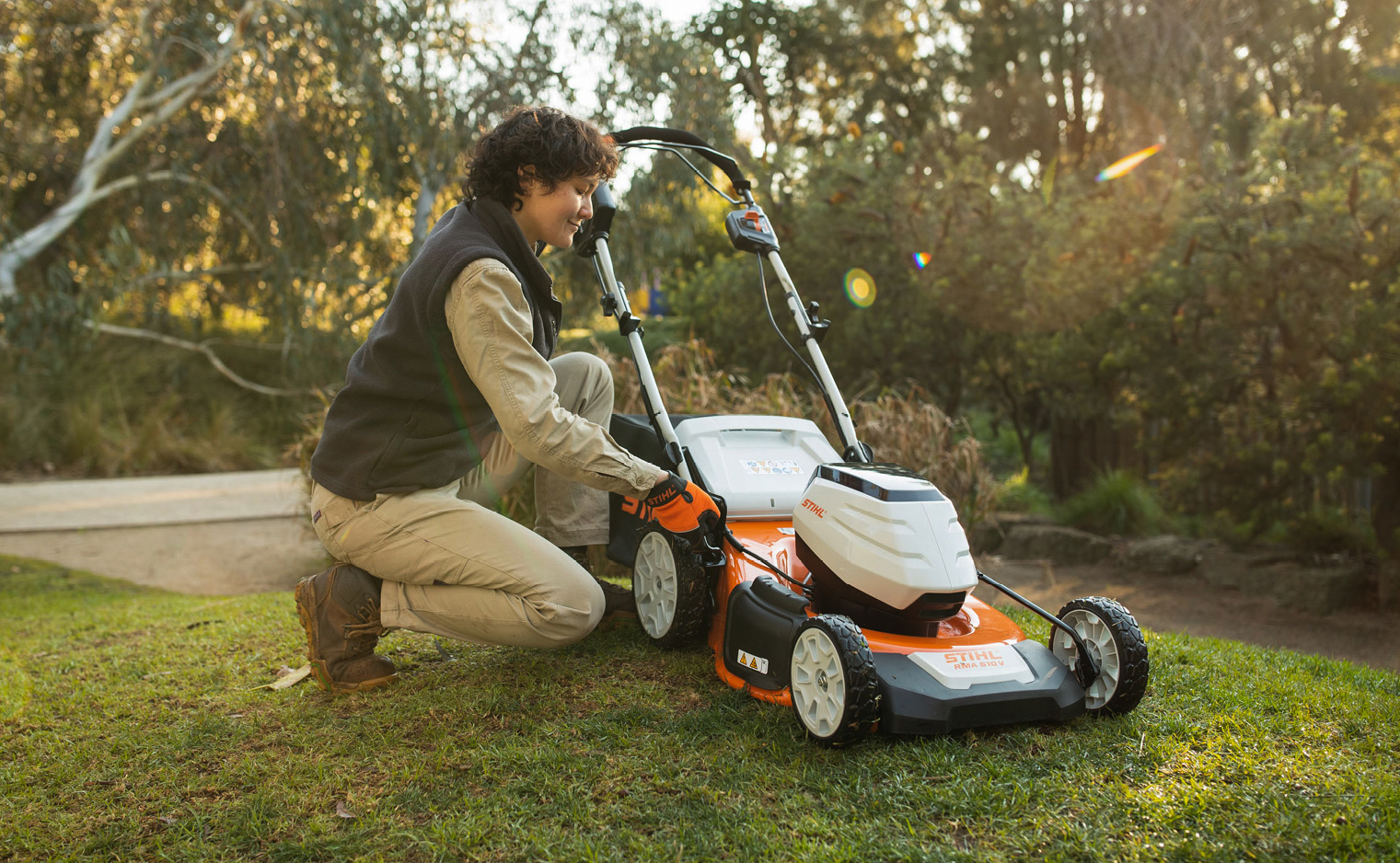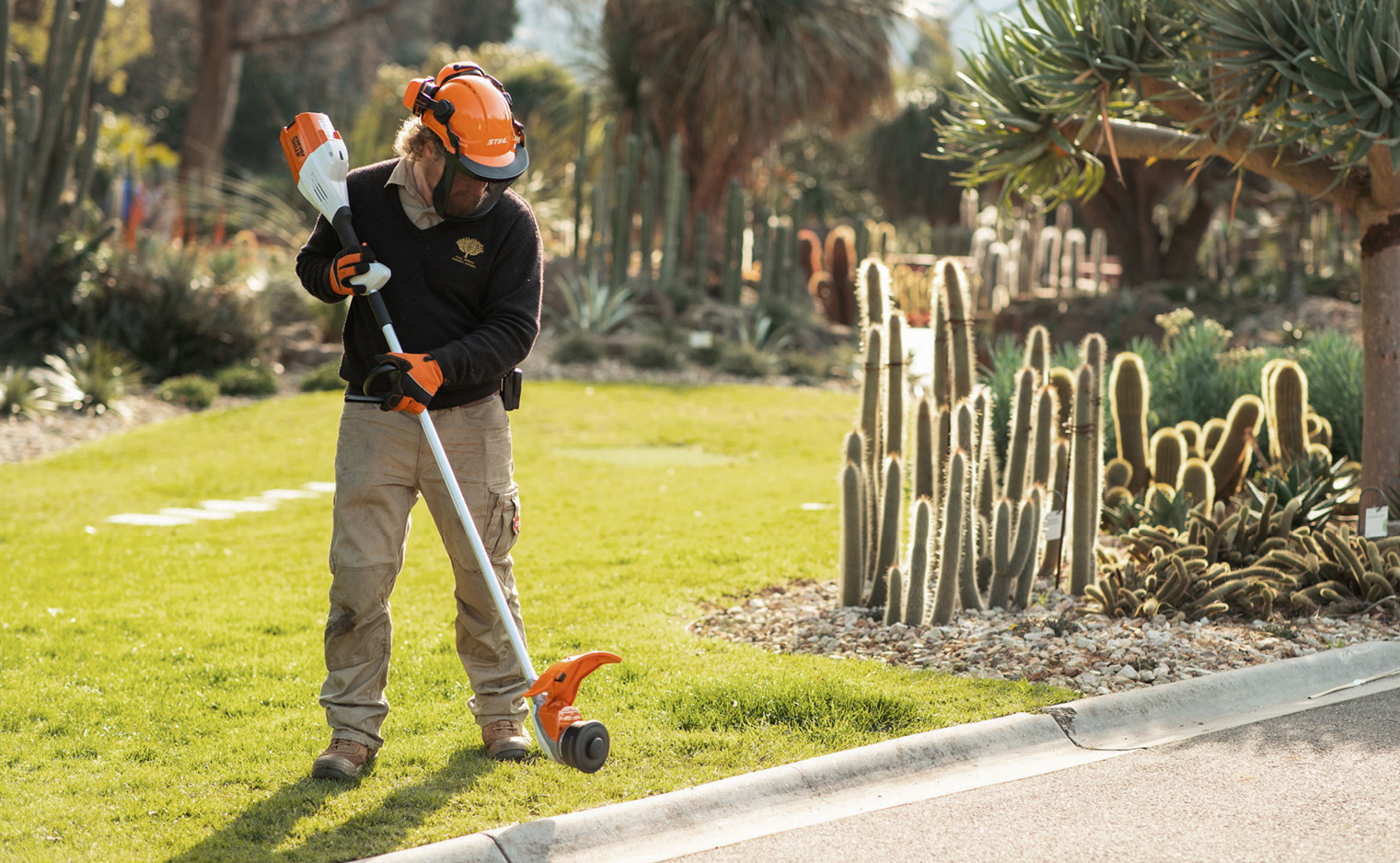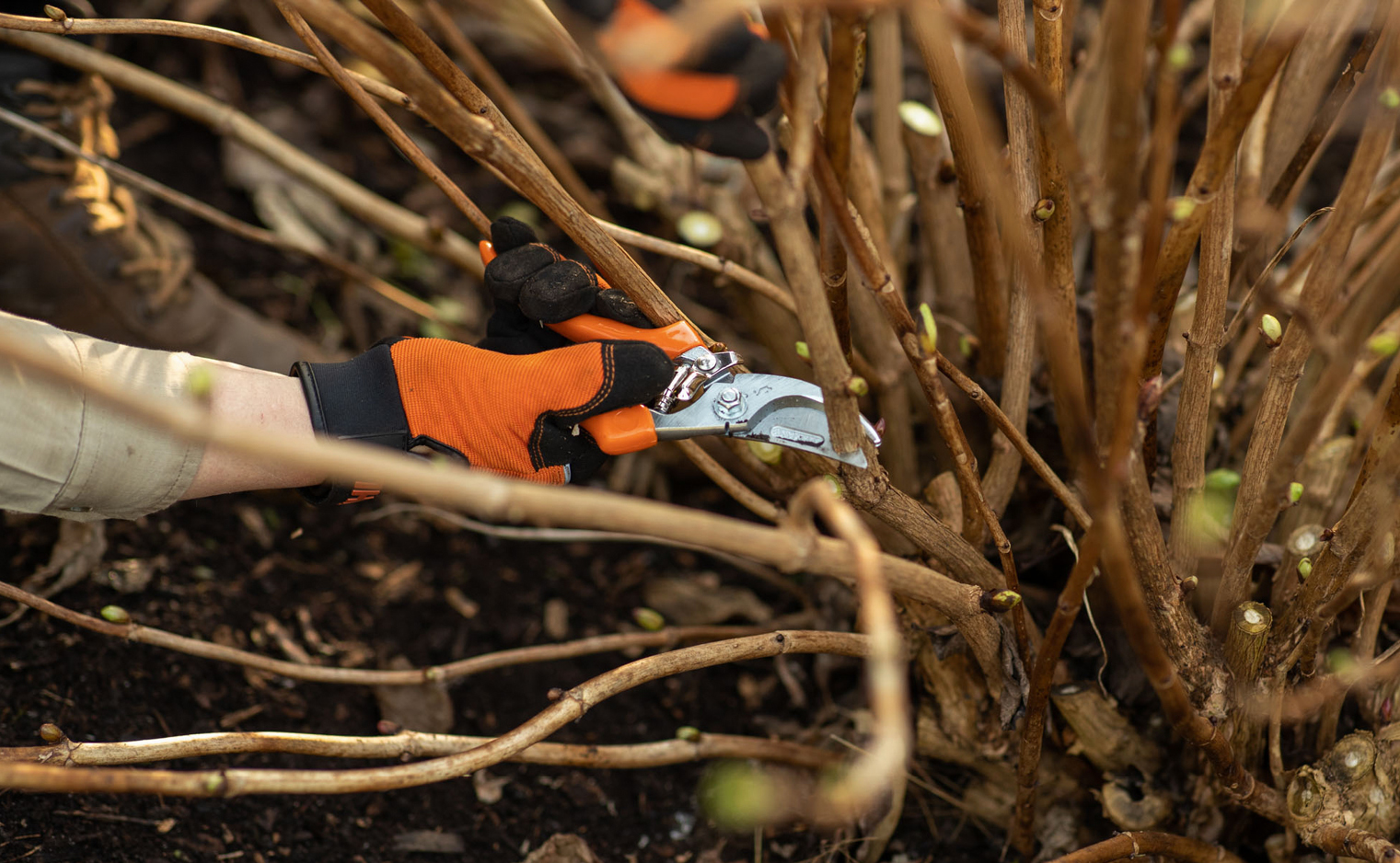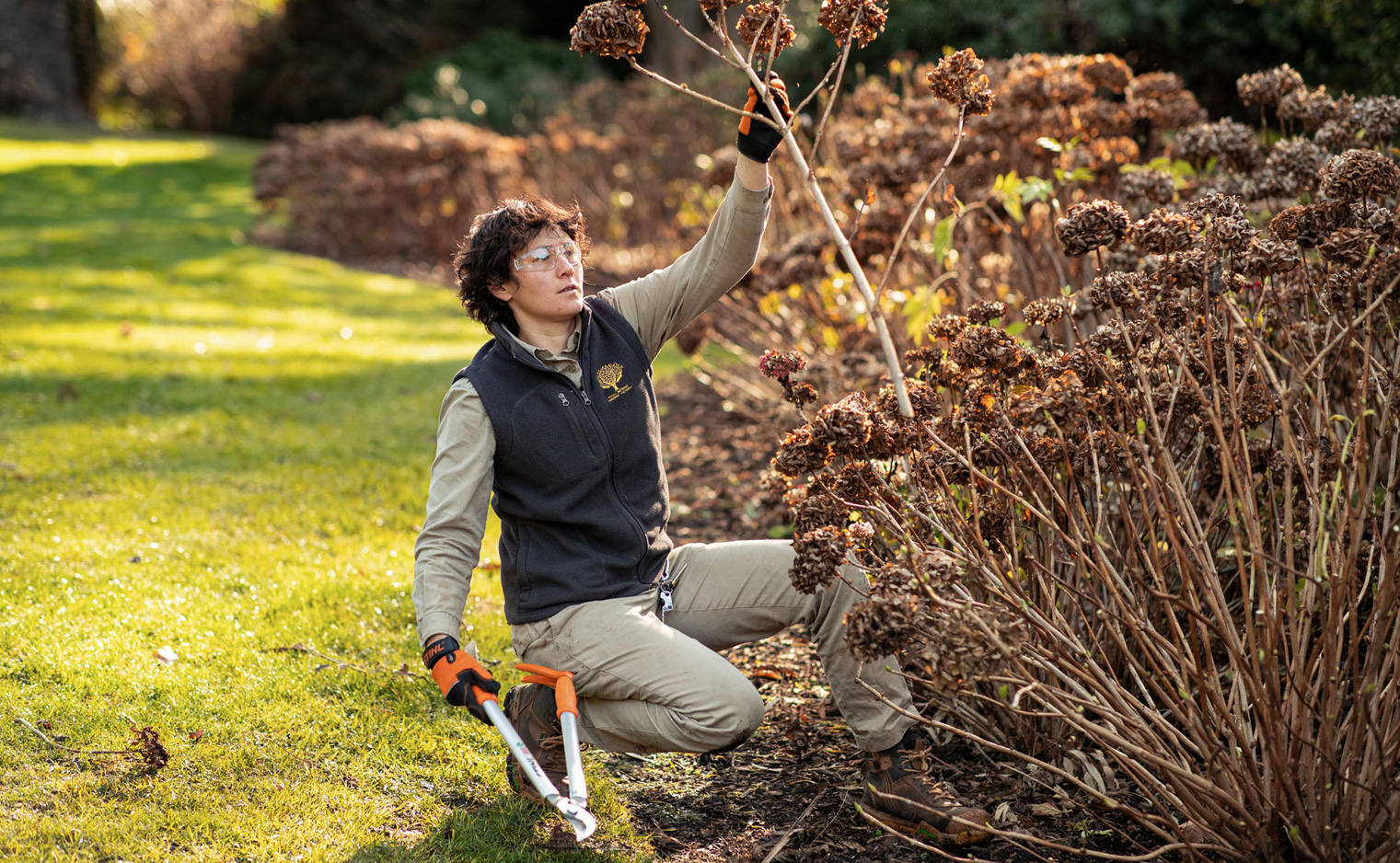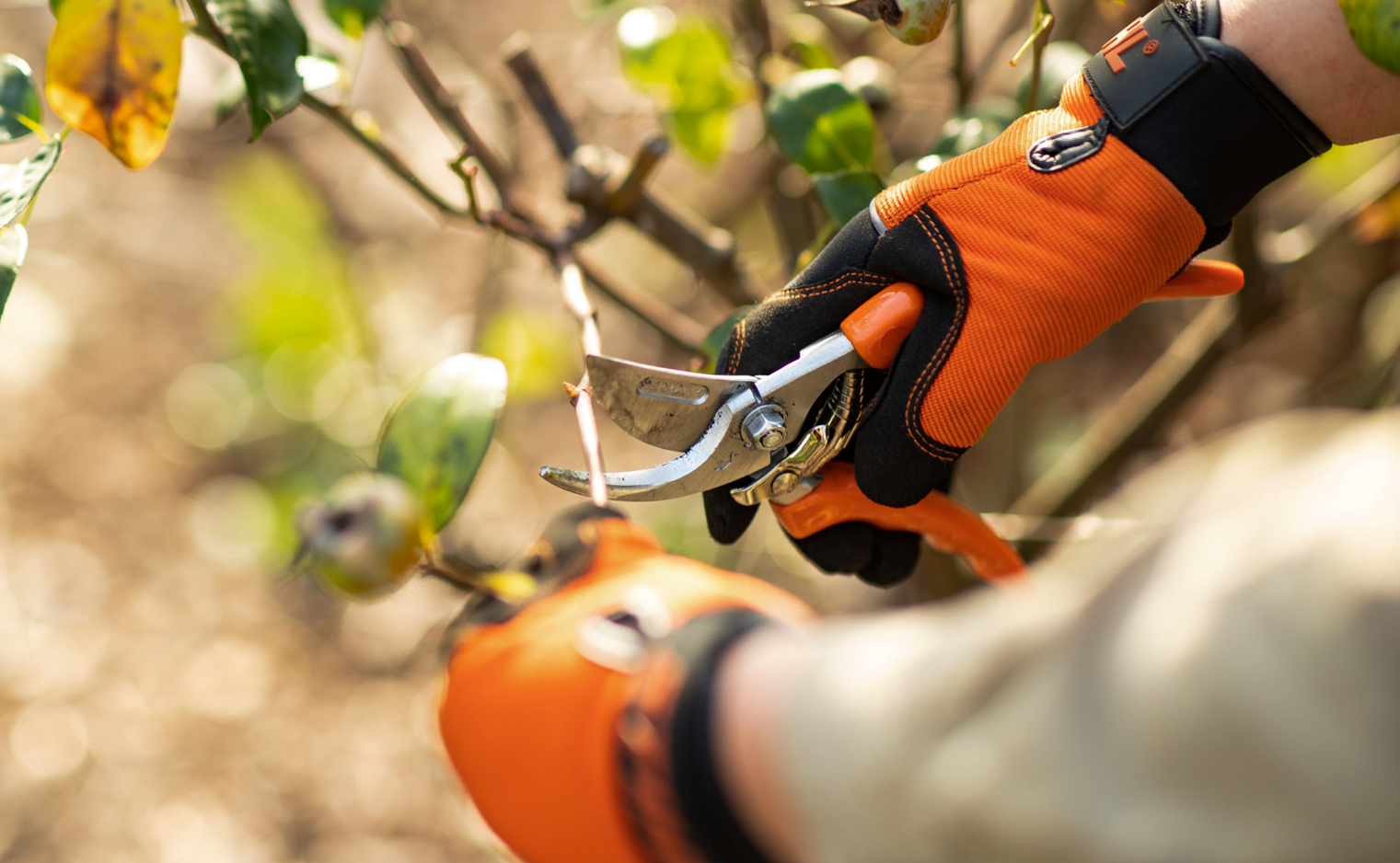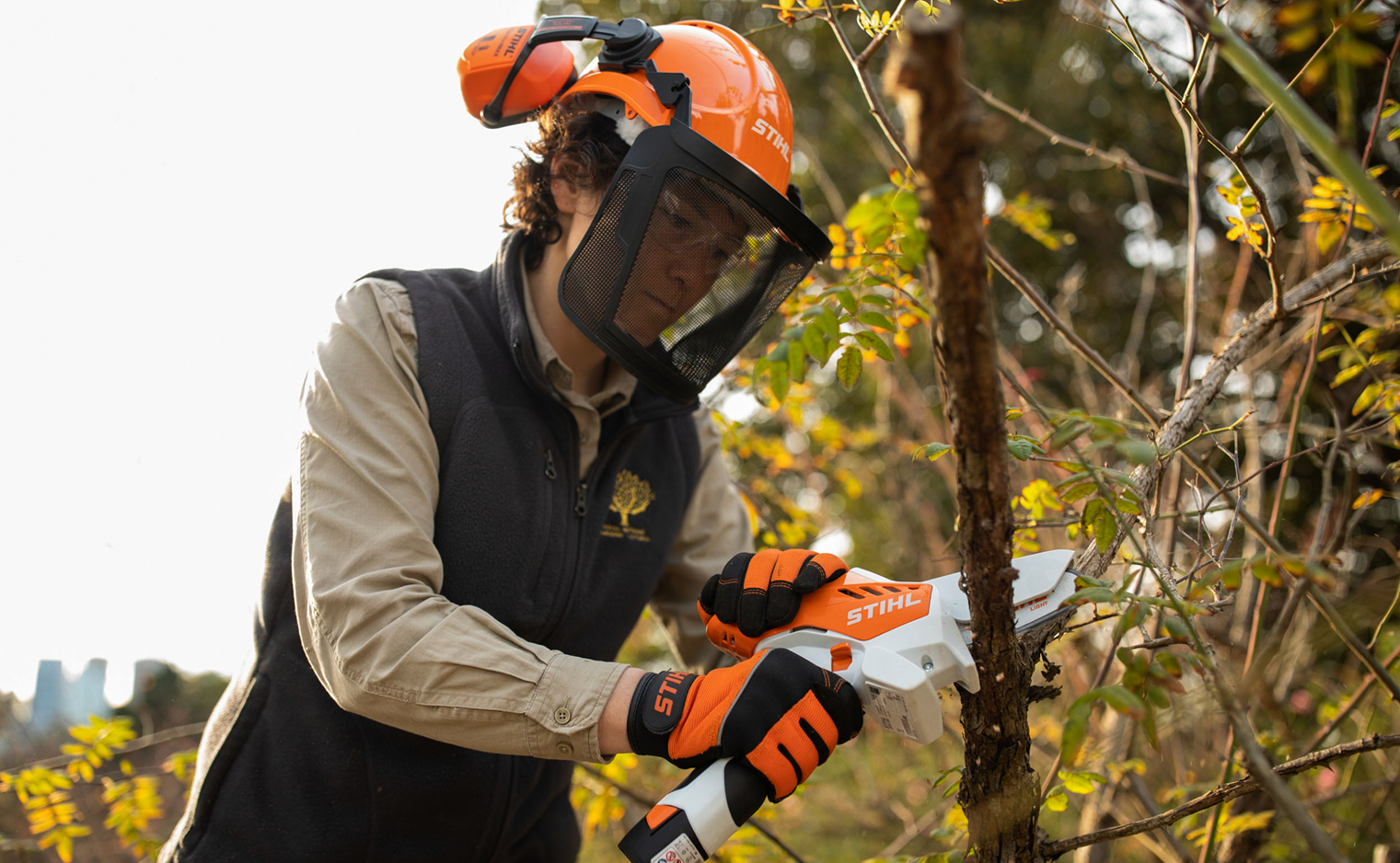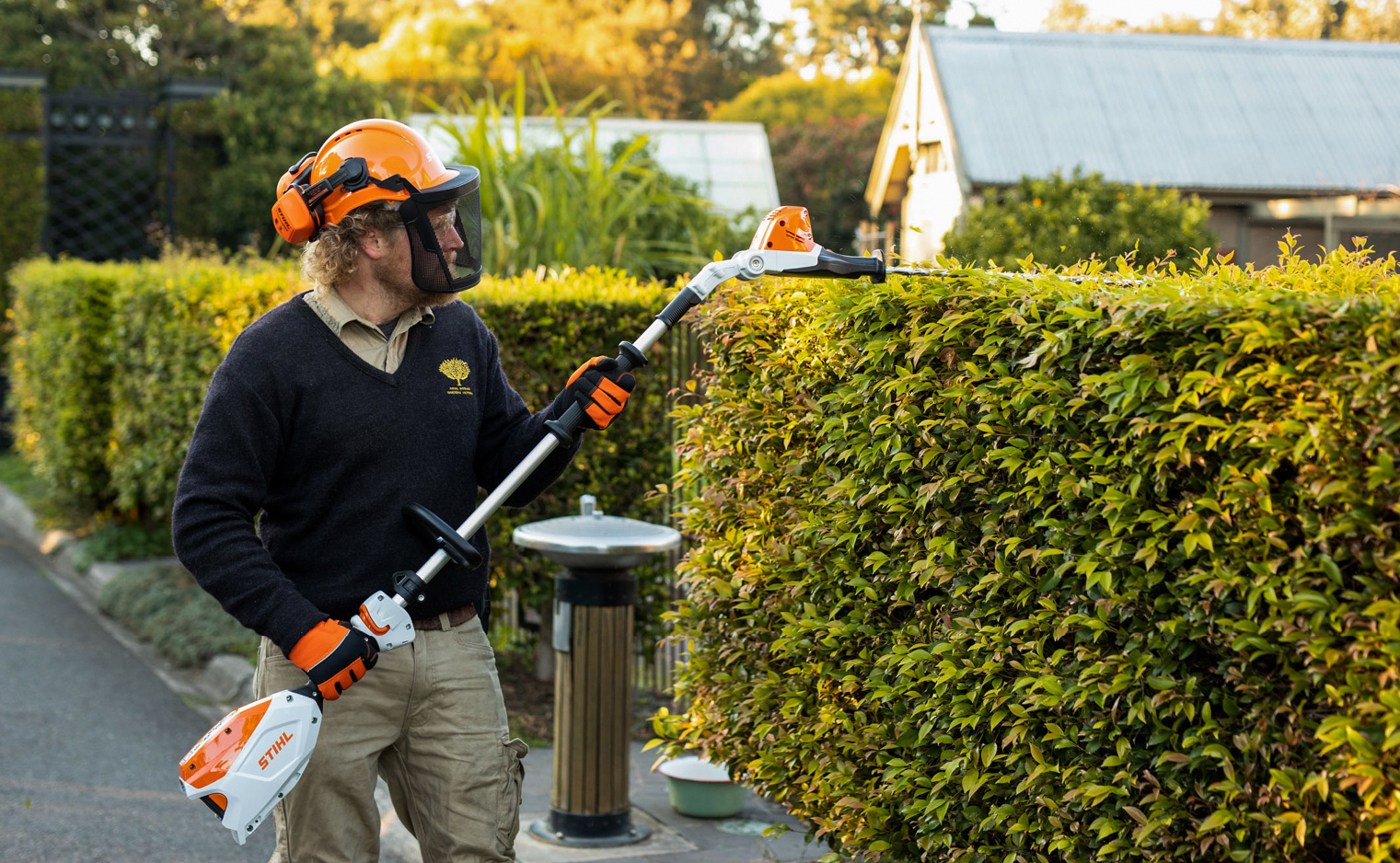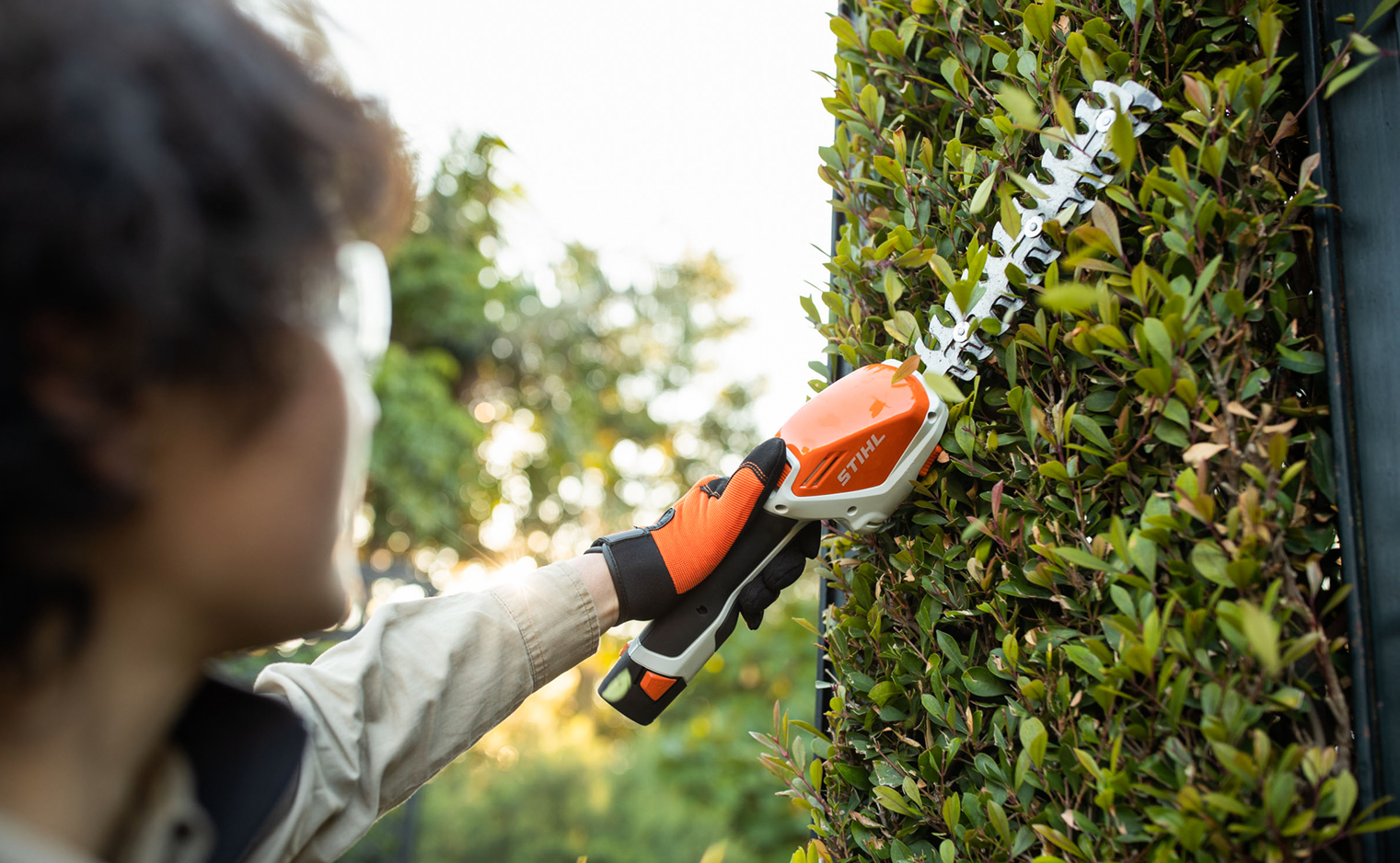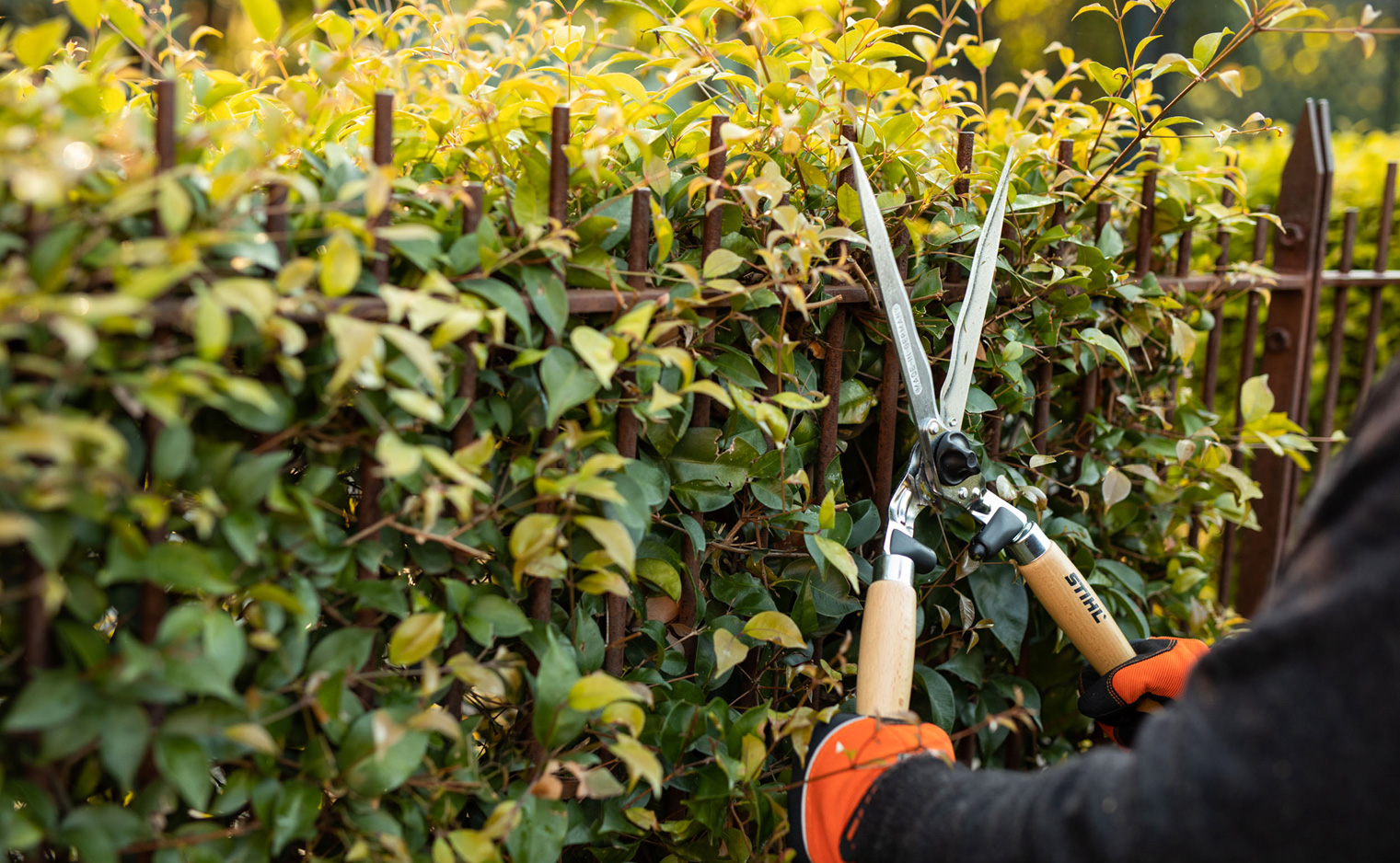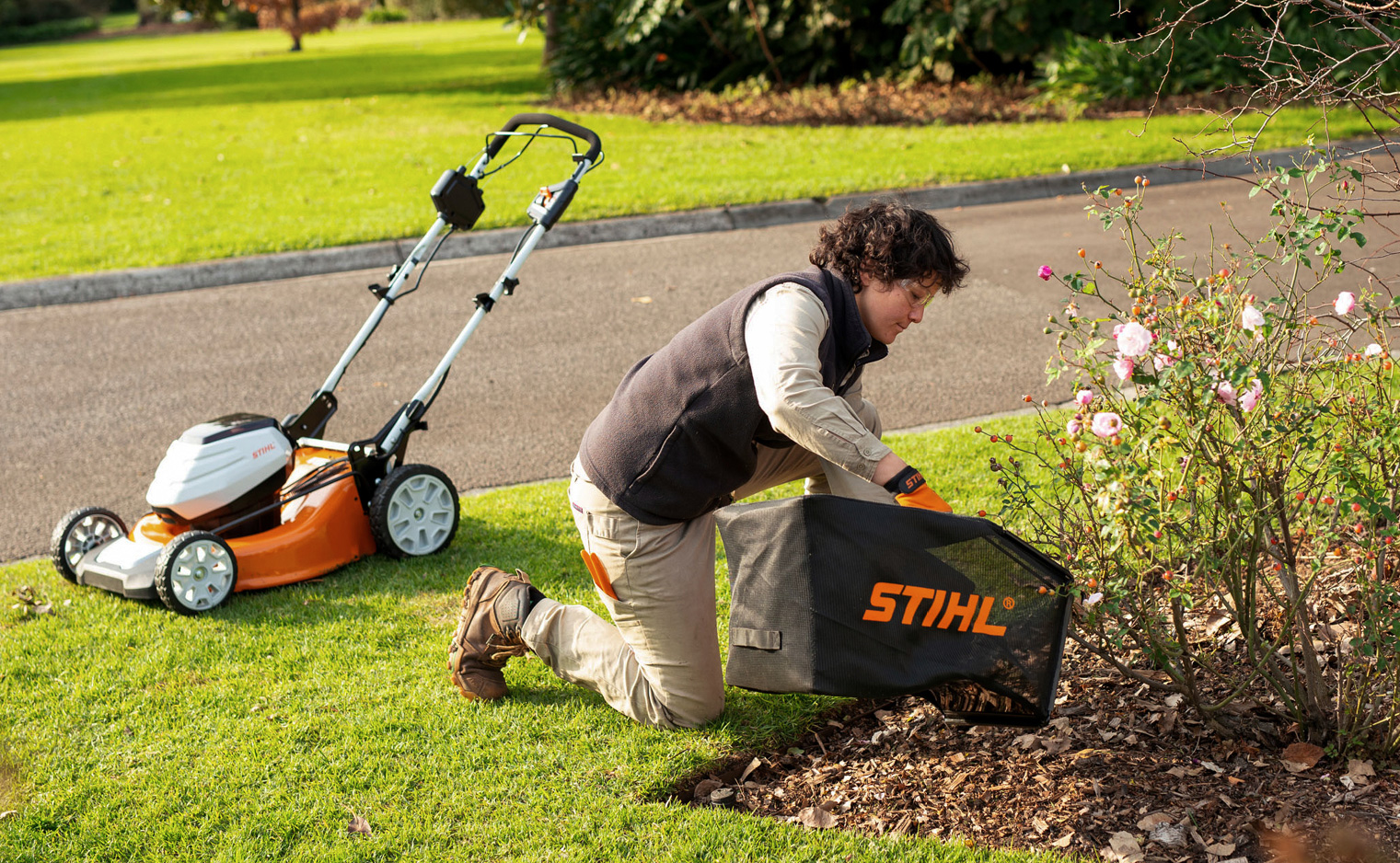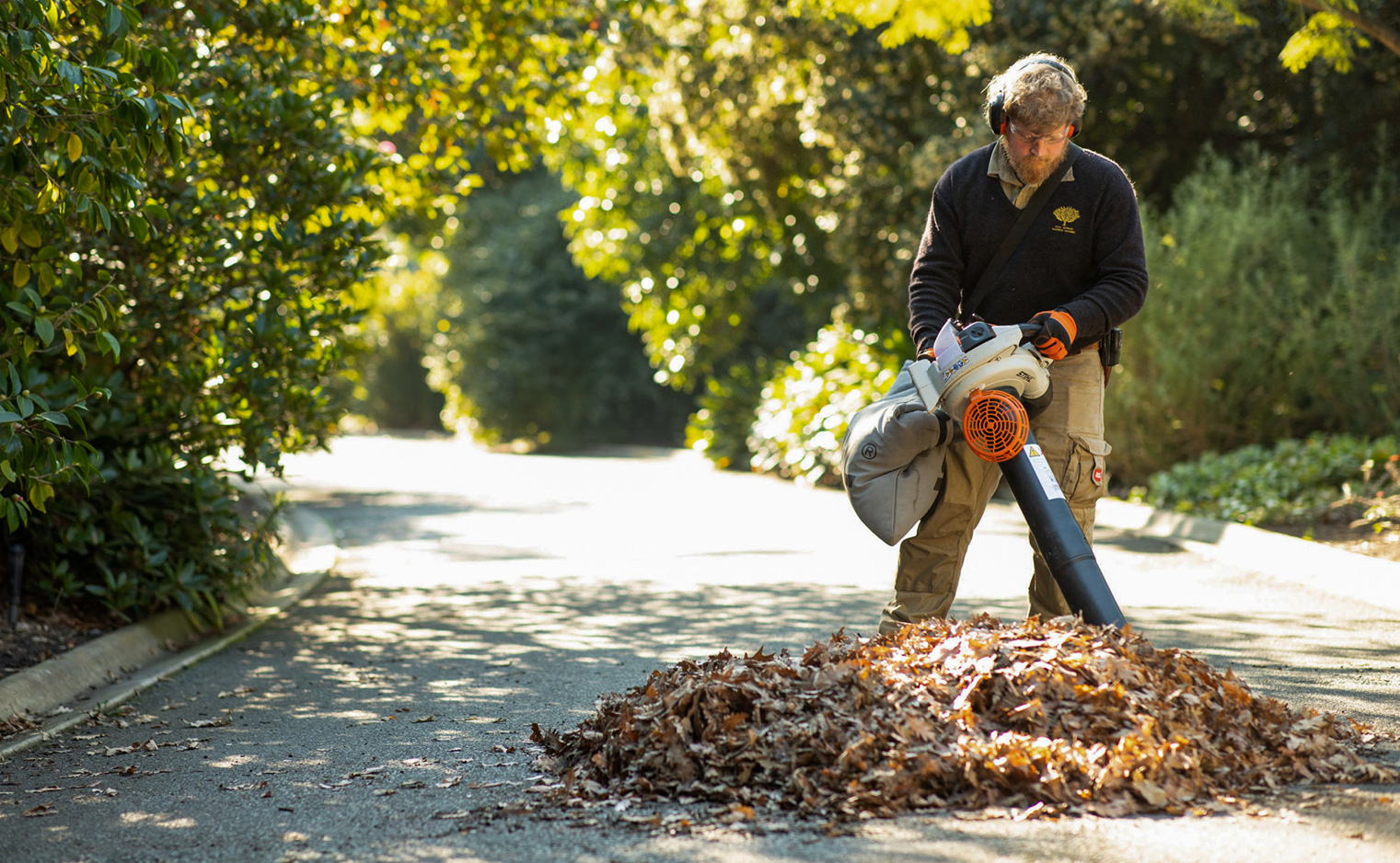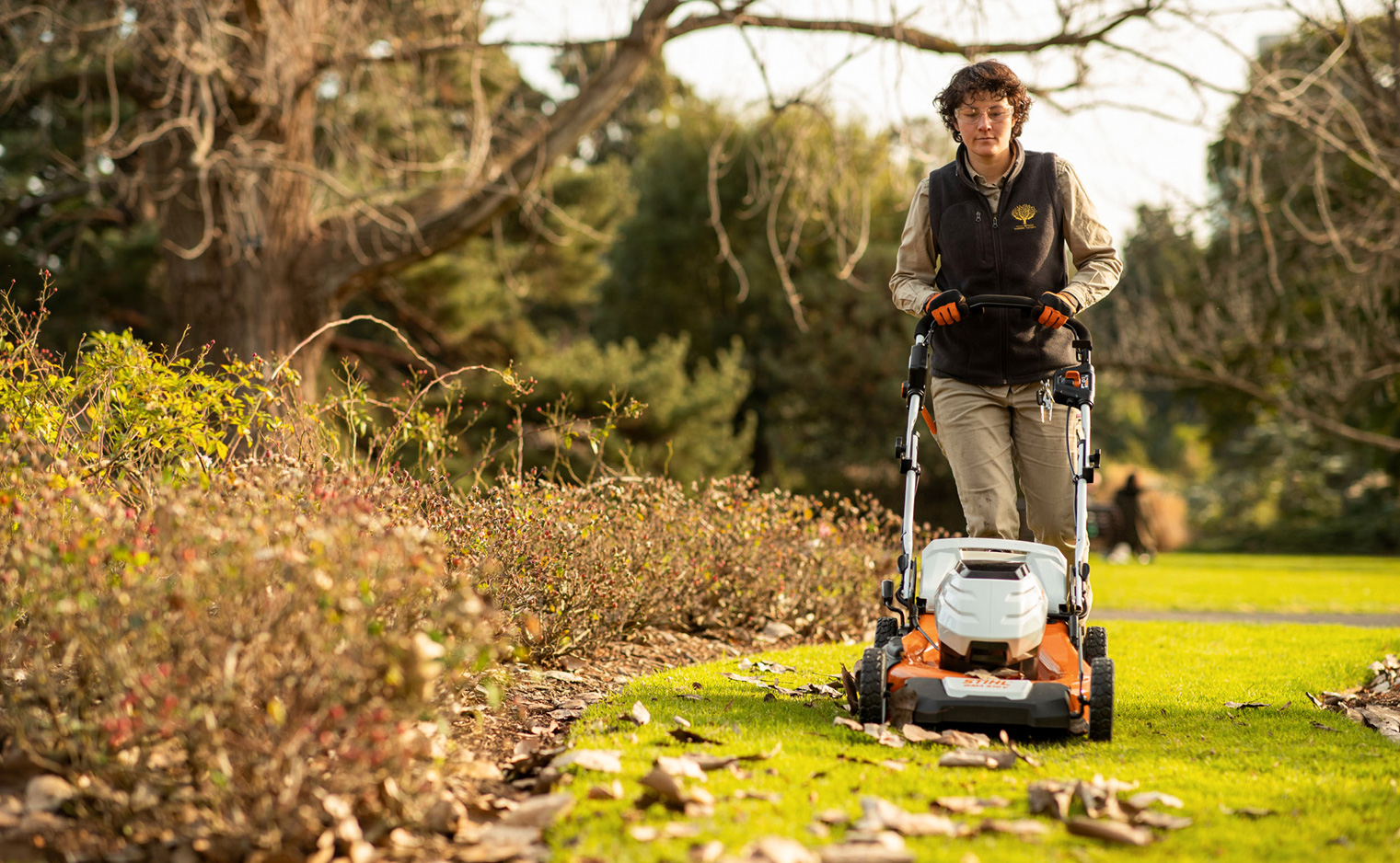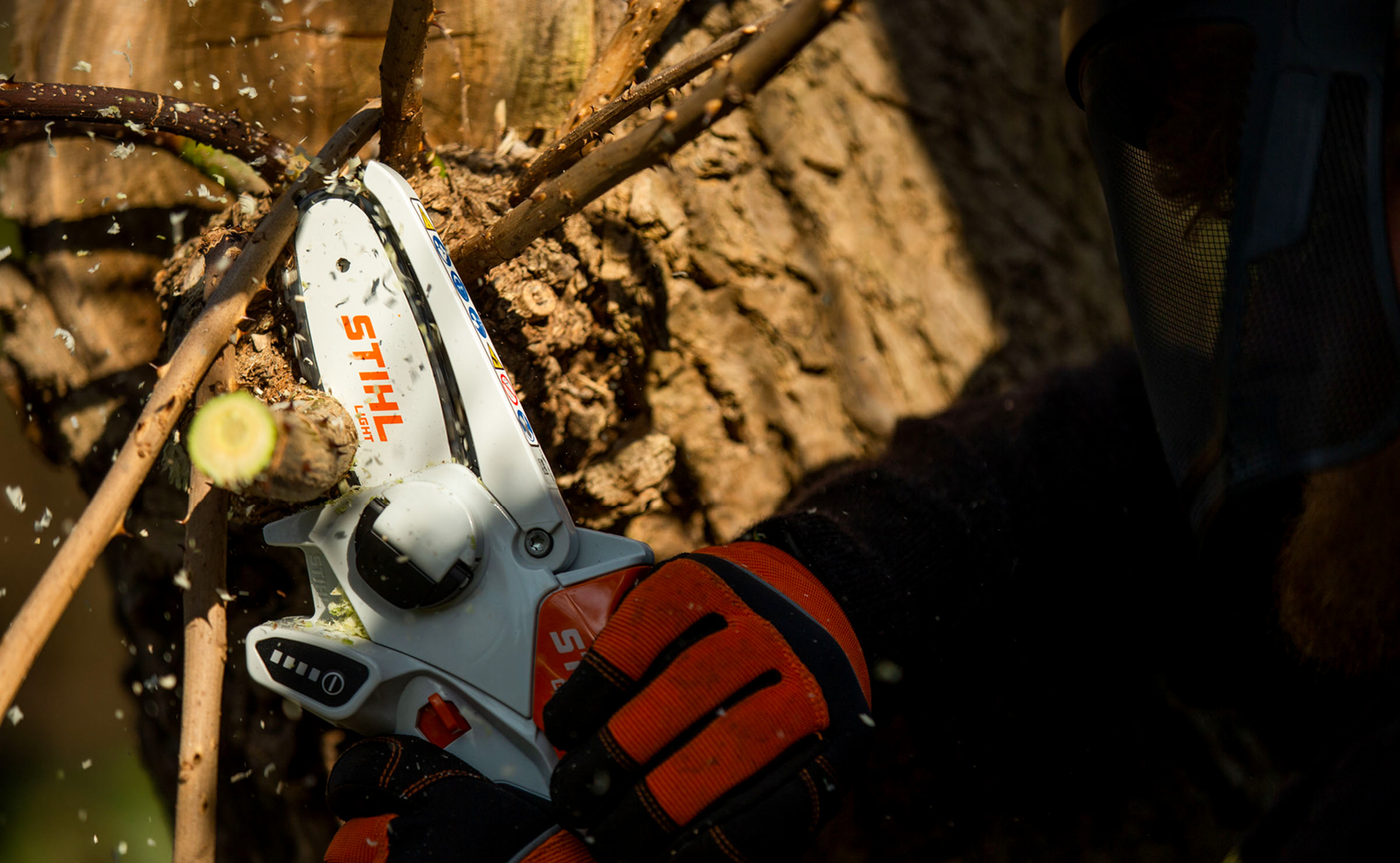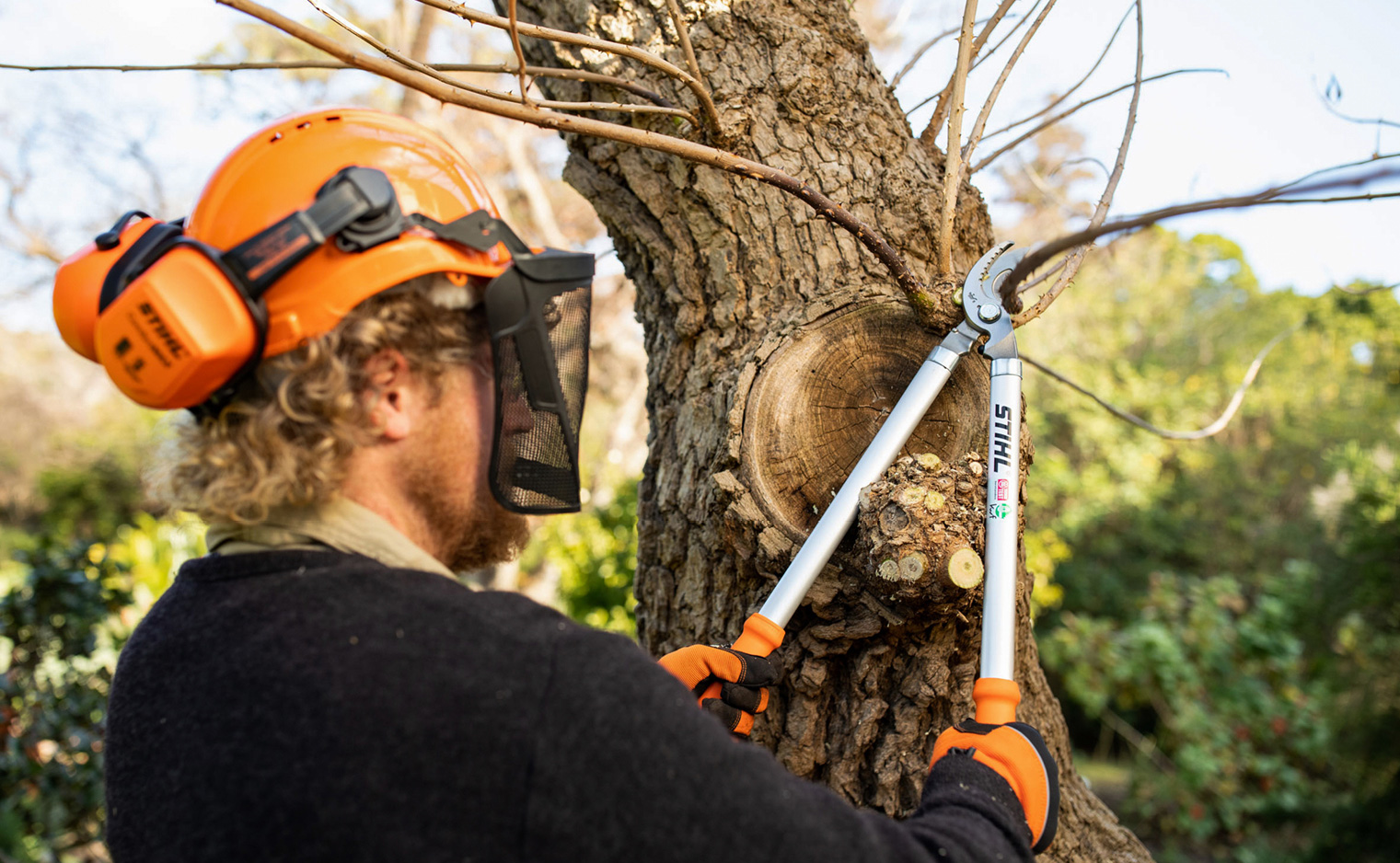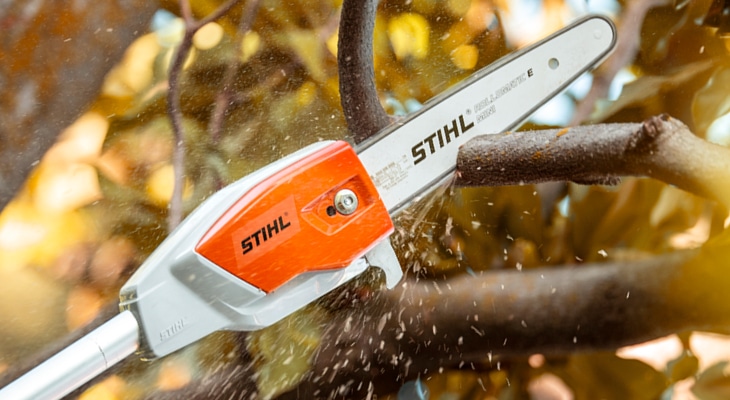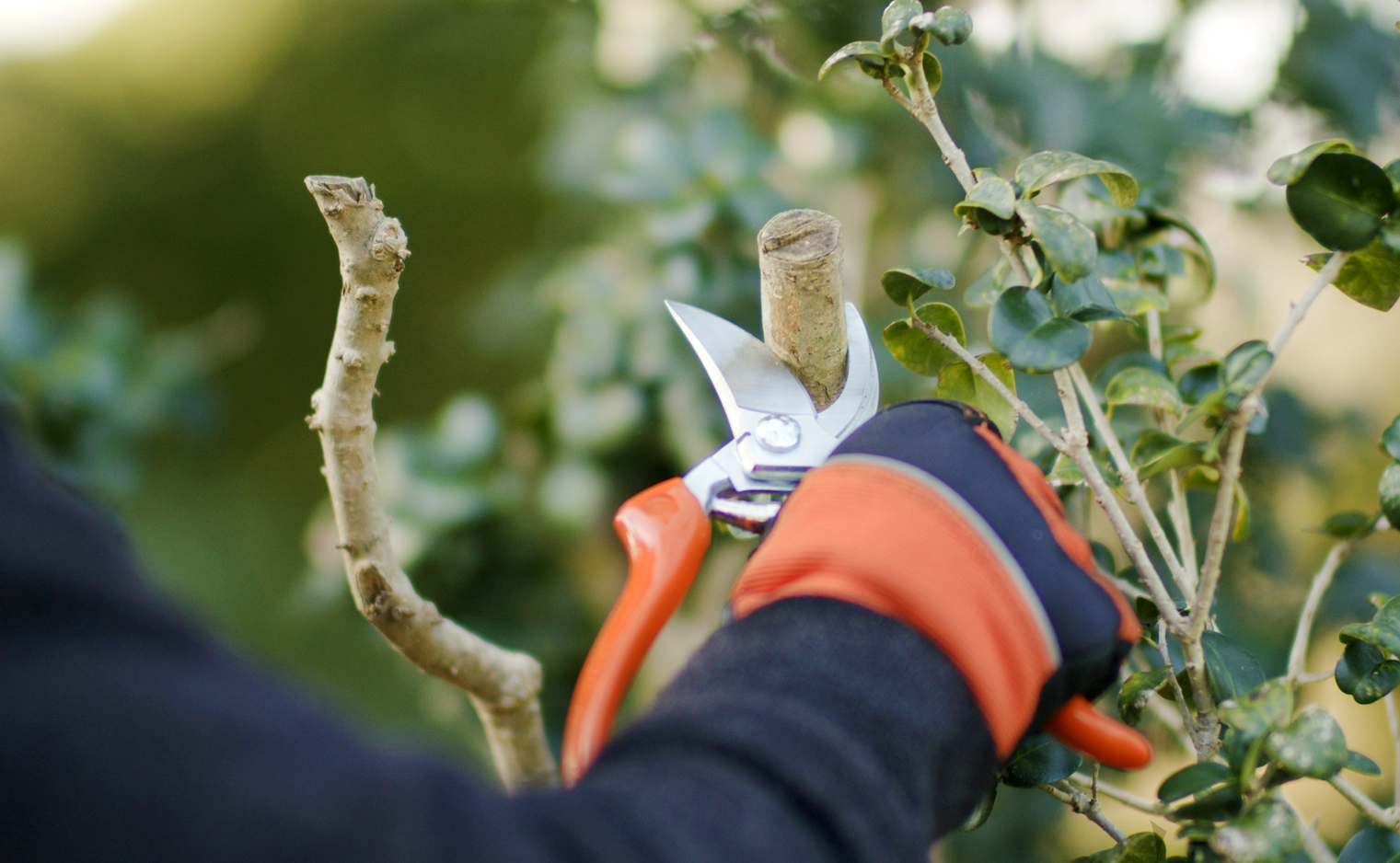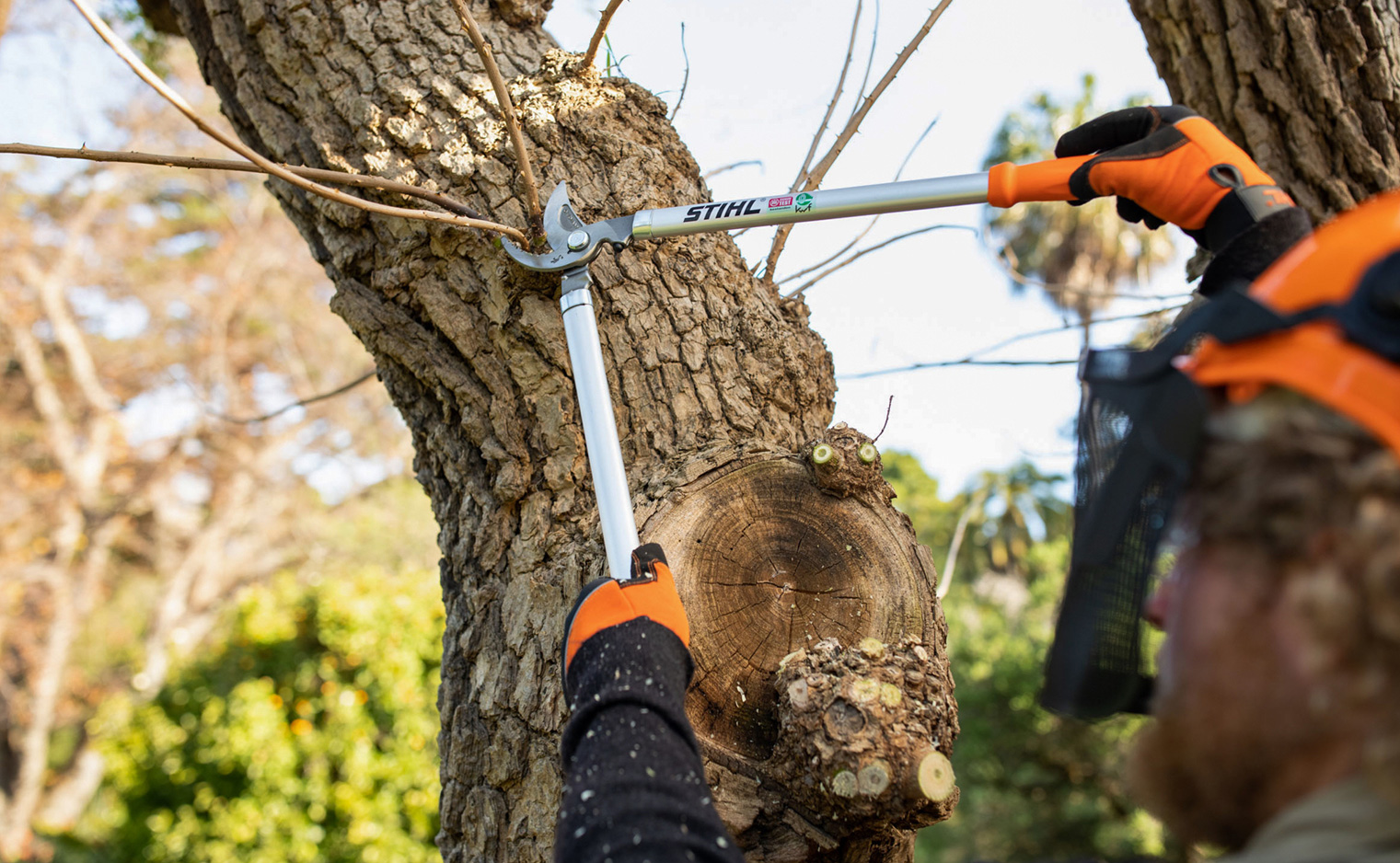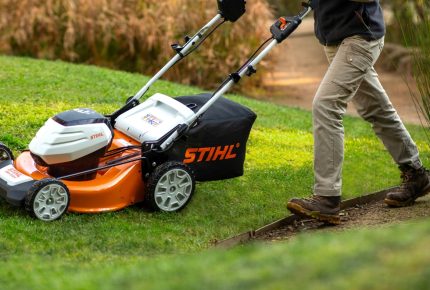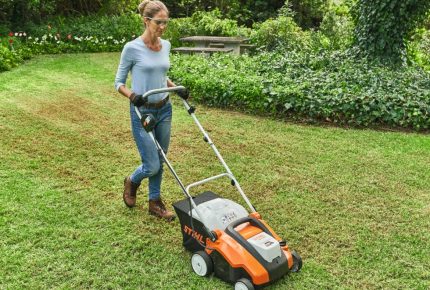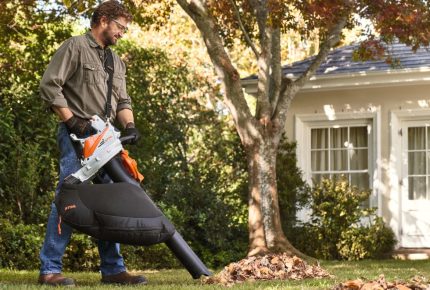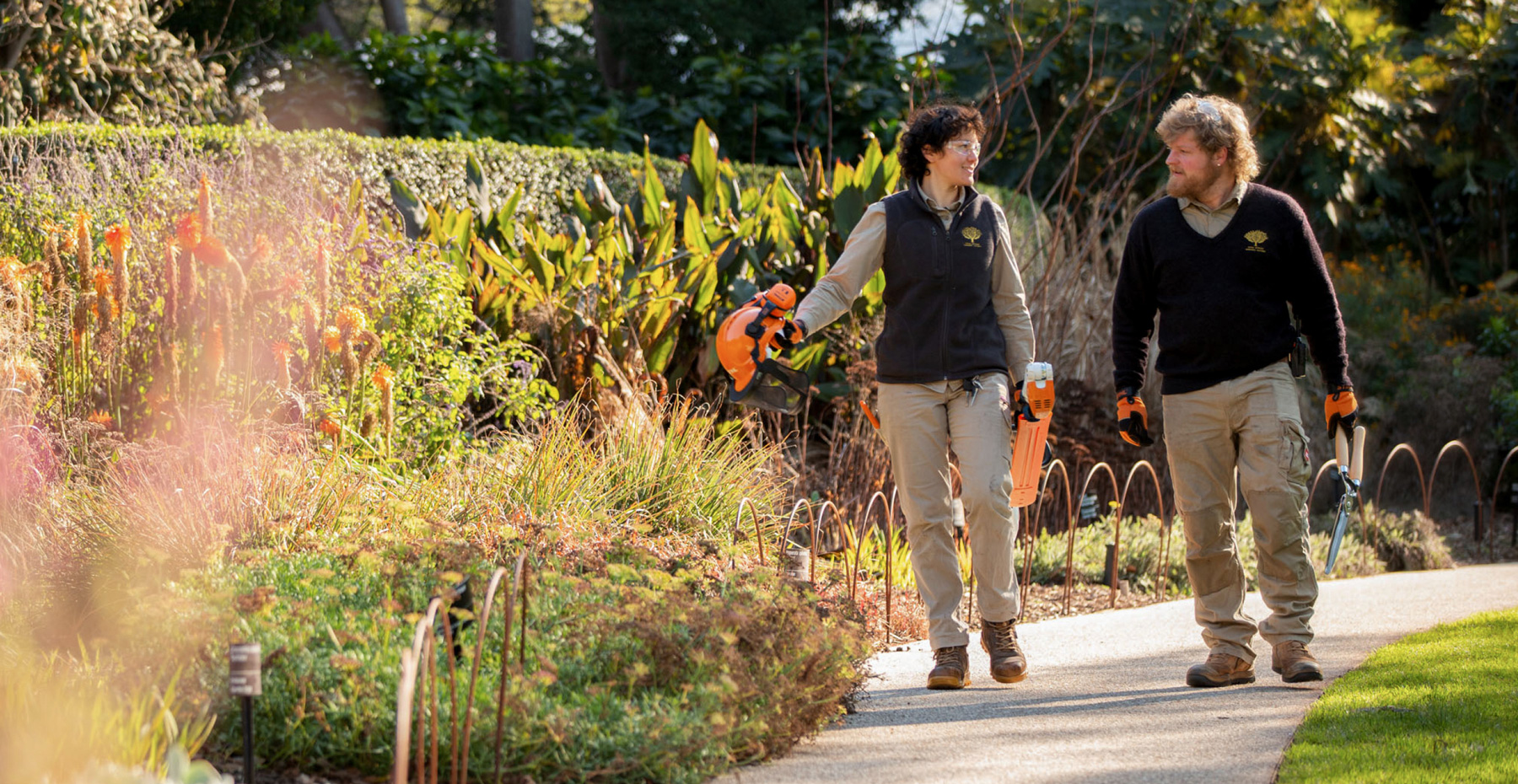
#Inspiration
Preparing your garden for Spring
Winter is often perceived as a quiet time of year at The Royal Botanic Gardens Victoria. However, for the Gardens’ horticulture team it is, in fact, the opposite. Many tasks need to be completed and many plants are still actively growing and flowering – such as Salvias, Aloes, Camellias, Correas and Grevilleas.
Winter also provides a great opportunity for the horticulture team to reset, assess and plan for changes in the garden, and the cooler weather can be more inspiring for tackling larger physical jobs. Pruning, weed management and mulching are the most important areas to tend to during the cooler months and, if managed well, you’ll be able to appreciate all of your hard work as soon as the warmer weather rolls around.
Here are the top tips to prepare your garden ahead of Spring straight, from the team that care for one of Australia’s most loved gardens.
Lawn care
While the growth of your lawn may slow or go completely dormant as the temperatures start to fall, there are still things you can be doing to care for your lawn through the cooler months. During Winter, weeds take advantage of your lawn’s weakened state to multiply and fill the patches. They germinate at lower temperatures, so Winter is the perfect time for them! The best way to remove weeds during the cooler months is by hand, as this will minimise the spreading of any seeds in the process.
Another easy, yet important step to care for your lawn during Winter is to reduce foot traffic. Compacted soil can occur in high traffic areas when your lawn’s soil is moist, so avoiding it altogether will reduce the risk of compacted soil. If it’s not possible and your lawn is in a high-wear area, you can lightly aerate your soil to avoid compaction. Wait for a dry day to do this, however.
If you need to mow your lawn during Winter, keep your lawn mower at the highest height setting possible.
It’s important to keep your lawn trim and tidy to avoid yellow patches. The larger the blade of grass, the larger area available to attract sunlight and facilitate the process of photosynthesis. Longer grass will also help your lawn retain its colour, which can be a problem during Winter.
To keep up appearances during Winter, keep on top of your edging with a grass trimmer. While the bulk of your lawn may appear to have stopped growing, a quick tidy of your edges will avoid it looking shaggy.
Hedge care & plant pruning
As Winter sets in, deciduous plants like hydrangeas will lose their leaves revealing plump buds. This makes it a good time to prune off old flowering heads to a node with two strong buds, using secateurs or loppers.
Leave any stems that have not flowered, as they are carrying the next season’s flowers! Remove any dead wood or old stems to the ground and make sure you create a rounded shape with your pruning.
Winter is rose pruning time and for the best results, this task should be done mid-season. Doing so will reduce the risk of disease, facilitate air circulation and expose the full plant to any sun breaks experienced during the cooler months.
By removing existing growth from your rose bushes, you’ll allow your plant to preserve its energy and start preparing for new growth in Spring. Use sharp secateurs when doing this for a nice clean cut. For larger stems, a chainsaw or the GTA 26 battery garden pruner will make this a lot easier.
When it comes to traditional hedges such as English and Japanese box or lilly pillys, only a light trim with a hedge trimmer is necessary as they’re in their dormant period. Hard pruning could expose new growth to damage if a late frost arrives! Hold back on doing any hard pruning until after the spring growth has appeared.
The finishing style of these kinds of hedges can vary. General hedging can be done with a hedge trimmer, leaving a sharp and tight finish.
A more natural finish can be achieved by selectively pruning out older growth with secateurs or loppers, creating a softer look. Consider the pruning style that might work for your garden – relaxed, or a more formal clip.
Leaf litter and debris
Deciduous trees shed their leaves once a year. This typically starts in Autumn, so you’ll notice a lot of leaf litter on the ground during winter. Sometimes it’s fine to let these leaves stay put however, in some cases, it’s best to get rid of them as soon as you can.
Leaf litter on pathways and high traffic areas can become a slipping hazard, particularly as they become wet. Clearing these with a blower soon after they‘ve fallen will prove an easy task. However, if you’ve accidently let them build up and get wet, use the flat nozzle on your leaf blower to move them. This will be much more effective than a round nozzle, which is better suited to working on uneven surfaces like grass.
Leaving leaf litter to decompose is a great way to add valuable nutrients back to your garden. With that said, too much leaf litter can smother small plants. It can also leave brown patches on your lawn by blocking sunlight and oxygen. So if you’ve got a lot of it, removing some (or at least moving it) around so it’s not in clumps will allow the plants or lawn underneath to breathe. Leaf litter can also act as a weed suppressant in garden beds with bare soil.
Always try to avoid contact around the base of existing plants however, as this can lead to moisture pooling and potential fungal diseases.
If you have an abundance of leaves and you manage to get in before the rain hits, you can aerate your leaf litter before adding it to the compost. Do this by popping dry leaves through a garden shredder or by using a shredder vacuum.
Another handy and easy way to do this is by mowing straight over the top of them. Remember that your carbon ratio, which is the brown component of your compost, should be at a ratio of 3:1 with your greens. Remember to keep your compost moist and to turn regularly throughout the year.
Tree pruning
Winter can be an ideal time to shape and prune back deciduous trees. Once they’ve dropped their leaves, you’ll have a nice clear view of what you’re cutting, allowing you to evaluate the tree. Also, you can cut trees a little further back as there is less chance of sun damage.
This is also a good opportunity to reduce any types of tree diseases that may have been festering over the growing months. Depending on the type of disease, you may be able to remove this by pruning tree limbs back past the signs of disease. It’s important to tend to these types of issues ahead of Spring, as they will likely spread as soon as the growing season starts.
It is most important to avoid spreading the disease to other trees and other parts of the tree you are pruning. Make sure your tools are cleaned after pruning diseased material as you can often inadvertently spread disease and make the problem worse if you are not careful.
Dead limbs are normally devoid of foliage but lack any other obvious signs. You can get caught out and remove limbs that are still alive, denying them the chance to regenerate or create new growth. The ‘scratch test’ is a good way to be sure. Take something sharp (like a key) and gently scrape a thin layer of bark away, to see if you can see green or live and wet woody tissue.
There are most certainly ways to prune trees without damaging them. In general, less is more if you are ever in doubt of what limbs and how much biomass to remove from your tree. It is important not to remove too much foliage at once and leave poor pruning cuts that expose unprotected woody tissue to airborne bacteria. Cutting a tree poorly can damage the tree and acts like a large carbohydrate lollypop for airborne diseases.
There are two ways to make use of your prunings. First, and most obvious, is to add it to your woodpile. With that said, wood can take anywhere from 6 months to 2 years to be dry enough for burning, so don’t plan on using it for this purpose anytime soon.
Another way to make use of your prunings is to create scarecrows for your garden. As a fun project to tackle with the kids over the Winter school holidays, Scarecrows will also add a little interest to your garden while keeping the birds away which is handy if you’re growing produce.
For everything you need to get your garden ready for Spring, visit your local STIHL dealer.

